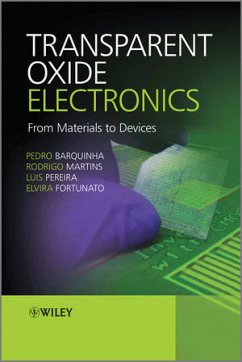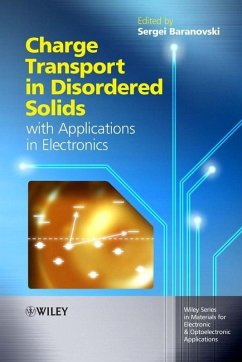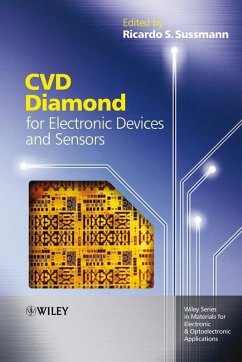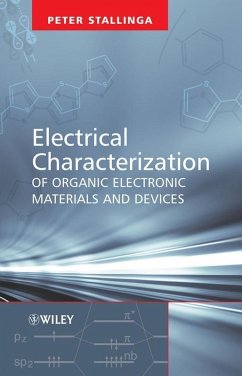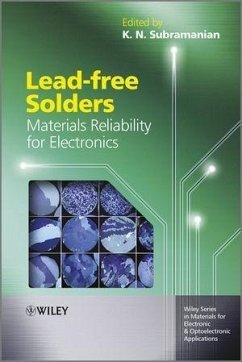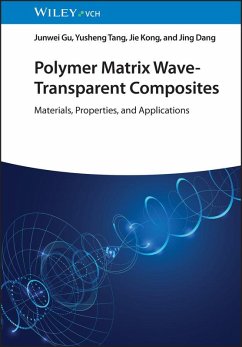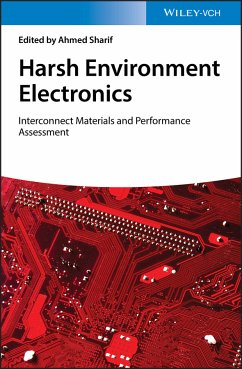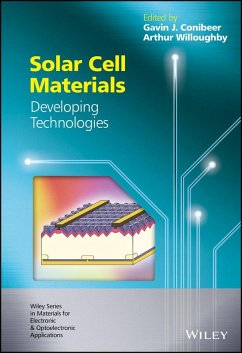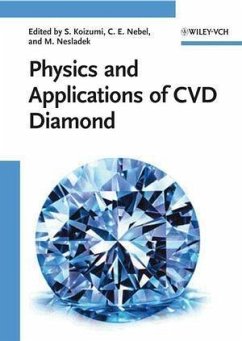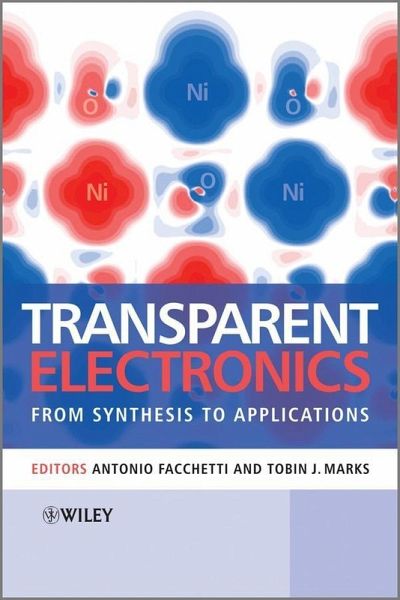
Transparent Electronics (eBook, PDF)
From Synthesis to Applications
Redaktion: Facchetti, Antonio; Marks, Tobin
Versandkostenfrei!
Sofort per Download lieferbar
159,99 €
inkl. MwSt.
Weitere Ausgaben:

PAYBACK Punkte
0 °P sammeln!
The challenge for producing "invisible" electronic circuitry and opto-electronic devices is that the transistor materials must be transparent to visible light yet have good carrier mobilities. This requires a special class of materials having "contra-indicated properties" because from the band structure point of view, the combination of transparency and conductivity is contradictory. Structured to strike a balance between introductory and advanced topics, this monograph juxtaposes fundamental science and technology / application issues, and essential materials characteristics versus device arc...
The challenge for producing "invisible" electronic circuitry and opto-electronic devices is that the transistor materials must be transparent to visible light yet have good carrier mobilities. This requires a special class of materials having "contra-indicated properties" because from the band structure point of view, the combination of transparency and conductivity is contradictory. Structured to strike a balance between introductory and advanced topics, this monograph juxtaposes fundamental science and technology / application issues, and essential materials characteristics versus device architecture and practical applications. The first section is devoted to fundamental materials compositions and their properties, including transparent conducting oxides, transparent oxide semiconductors, p-type wide-band-gap semiconductors, and single-wall carbon nanotubes. The second section deals with transparent electronic devices including thin-film transistors, photovoltaic cells, integrated electronic circuits, displays, sensors, solar cells, and electro-optic devices. Describing scientific fundamentals and recent breakthroughs such as the first "invisible" transistor, Transparent Electronics: From Synthesis to Applications brings together world renowned experts from both academia, national laboratories, and industry.
Dieser Download kann aus rechtlichen Gründen nur mit Rechnungsadresse in D ausgeliefert werden.



